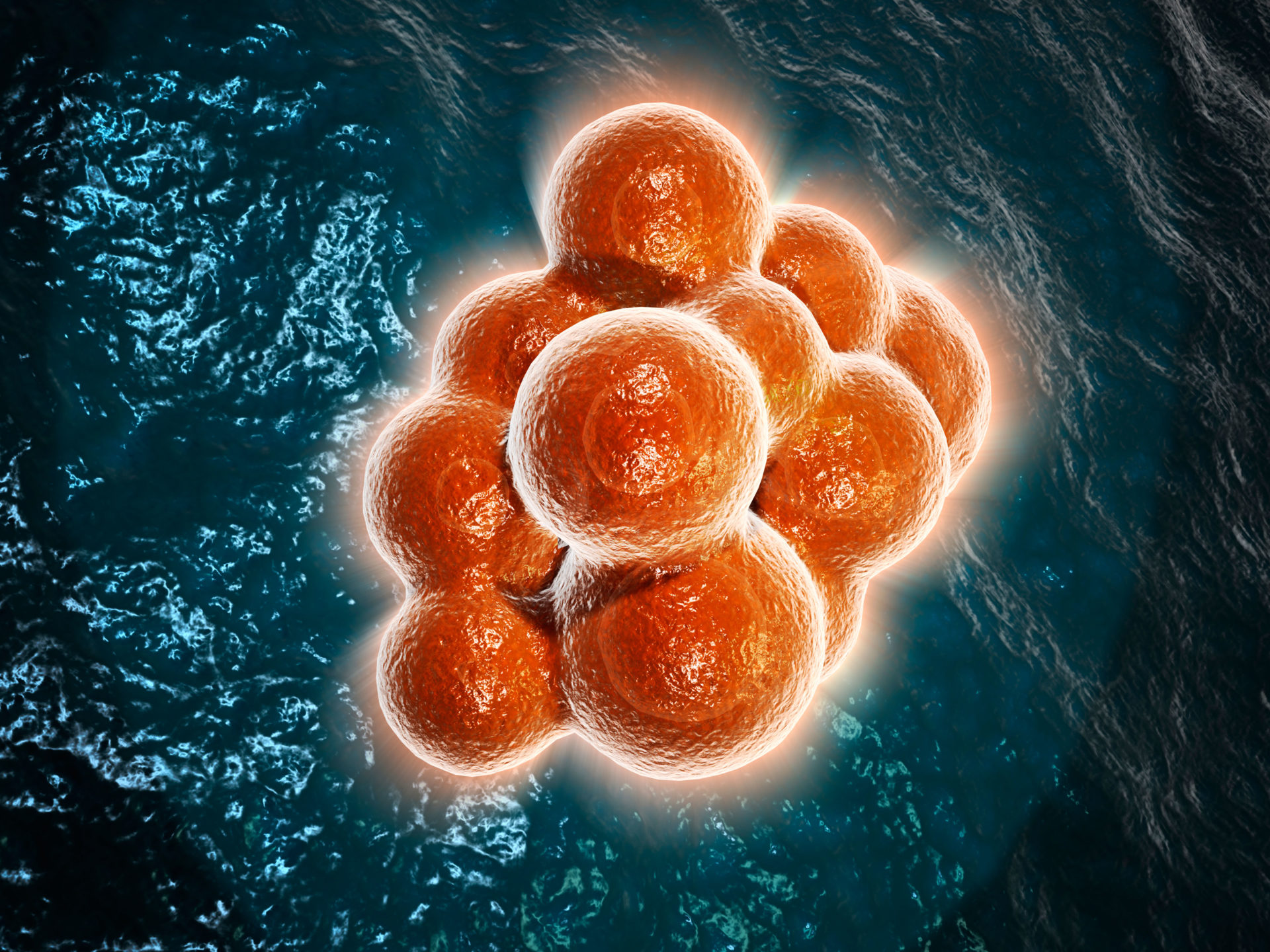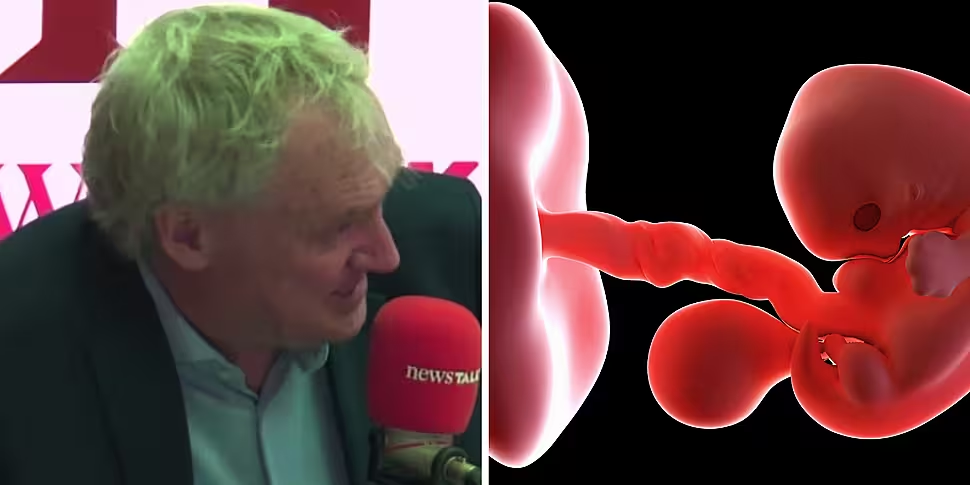Scientists can now take stem cells and turn them into a tissue that potentially can develop into an embryo.
Developments in fertility have revealed that scientists are on track to developing an embryo without sperm or egg, as research has shown stem cells can develop into a tissue.
Trinity Professor Luke O’Neill told The Pat Kenny Show this is the first step towards creating an embryo without male and female reproductive cells.
"You're ending up with a tissue that begins to look a bit like an embryo," he said.
Ethics
Professor O'Neill said the research has been ethically contentious.
"At the moment, the law says you can study fertilised eggs up to day 14 post-fertilisation, because after day 14, different tissues begin to form and that was ethically not permitted," he said.
"The question is, if this isn't quite like an embryo, can you study it beyond day 14?
"In other words, you can't be implanting this.
"They're trying to preempt, if you did make an embryo in a tube without sperm and egg, could you then implant that and would that develop into a human being?"
Animal form
The science is being developed by Professor Magdalena Zernicka-Goetz in Cambridge and Professor Jacob H. Hanna in Israel, who have been experimenting with mice.
"In the mice, they did implant one of these synthesised embryos, and it did develop a bit but it didn't go all the way to term," Professor O'Neill told the show.
"You can use this to study things like recurrent miscarriage, for instance, because you can actually study that now in a lab in this system.
"Secondly, genetic abnormalities that happened during development, again, can be used as a way to study that in a lab context without harming an embryo.
"Ultimately, the first 14 days are useful – the placenta begins to develop ... Some miscarriages happen because the placenta doesn't form properly. So again, this can be useful to study placenta formation and then maybe prevent the miscarriage from happening."
 Microscopic view of a stem cell (Stocktrek Images, Inc. / Alamy Stock Photo)
Microscopic view of a stem cell (Stocktrek Images, Inc. / Alamy Stock Photo)Stem cells
Professor O'Neill said the stem cells used come from a human embryo, which is then grown into another embryo, and the tissue is formed from there.
"You start with a human embryonic cell which then becomes like a fertilised egg again, and then grows a bit into structures that look a bit like an embryo," he said.
"If you take a fertilised egg, that's a single cell that will turn into any cell in your body – from a liver or a kidney or a brain.
"The use of this will be to repair a broken spinal cord or to repair Parkinson's.
"I could take a skin cell from you, get that skin cell to go back to being a stem cell, and then potentially grow that stem cell into a kidney for you and if you need a kidney transplant, you're growing your own kidney from your own skin.
"When people get paralysed in an accident, the spinal cord is broken – can you imagine putting stem cells into neurons to repair that injury? That is the ultimate goal here."
You can listen back here:









